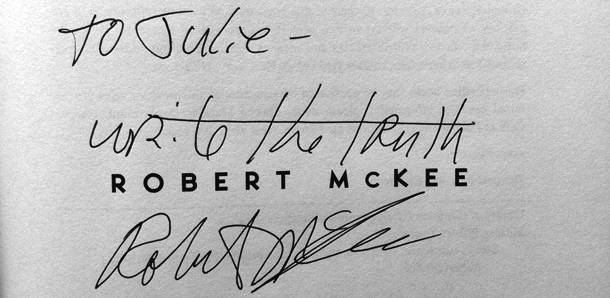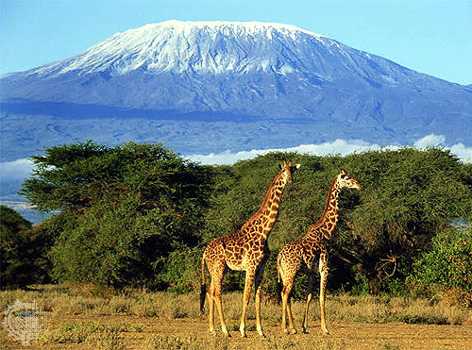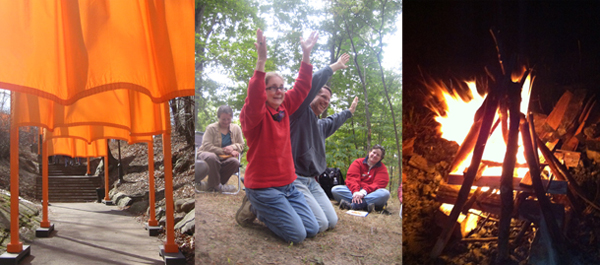In this time of transition from one kind of cultural story to another, we need all the great storytellers we can get. To that end, I just spent four solid days in lectures given by the inimitable Robert McKee. He’s a master teacher of the craft of screenwriting, which, fortunately, translates well to other forms of storytelling.
“A culture cannot evolve without honest, powerful storytelling.” ~ Robert McKee
Story Seminar is thirty-two hours of McKee’s wit, wisdom, stories, jokes, opinions, psychology and spicy language. I highly recommend a) reading his 1997 book; and b) experiencing a Story Seminar for yourself. If you do, you will find it to be the best education on the craft of telling a great story, coupled with deep philosophy on a well-lived life and improved ability to recognize (and enjoy) great storytelling.
I can’t presume to distill his teaching into a “best of” list, but I am moved to share some revelations that will help bring my writing closer to the vision I have for it, and also inspire me to live a life of meaning.
- Writing is not words, any more than the stuff of music is sound. Language is the surface, the medium. Every art has its own form that guides the artist to express great truths.
- The writers’ job is to give an exceptional insight into life, with freshness and originality. There are few pleasures in life greater than a good story, well told.
- If the unexamined life is not worth living, the unlived life is not worth examining.
- Concepts are the easy part. A concept is like standing on the steps of Carnegie Hall humming, wondering why the people streaming past you don’t recognize your talent. You have to turn your humming into a symphony.
- To be a great storyteller, you must know the rules of classical storytelling. So if you choose to break those rules, you’re doing it intentionally, not out of ignorance. This is exactly parallel with architecture. The great early modernists – Le Corbusier, August Perret, Henri Labrouste – were all classically trained.
- Life is improvisational, always. You take an action, get a reaction, have to adjust, try again. Every conversation is an improv scene. You can never predict how someone will react to you, either what you are saying or how you say it.
- To that end, every encounter has a text and a subtext. That is, what is visible and being said, on the surface, is only a small fraction of what’s actually being conveyed. Often, we aren’t even conscious of our own subtexts, let alone those of others.
- This is why literal performances and interpretations in all the arts fall so flat. In great film and theater, actors are acting the subtext, not the text.
- The source of all art is the human psyche’s primal need for the resolution of stress and discord through beauty and harmony. When emotion is made aesthetic, an idea wraps itself around you with an emotional charge – unlike in “real” life, when ideas come separately from emotions.
This is only the tip of the iceberg. I may just have to do more posts on the gems from this man. The how and why of structure, style and principle are enough for a lifetime of dedication to the craft of telling a good story.







